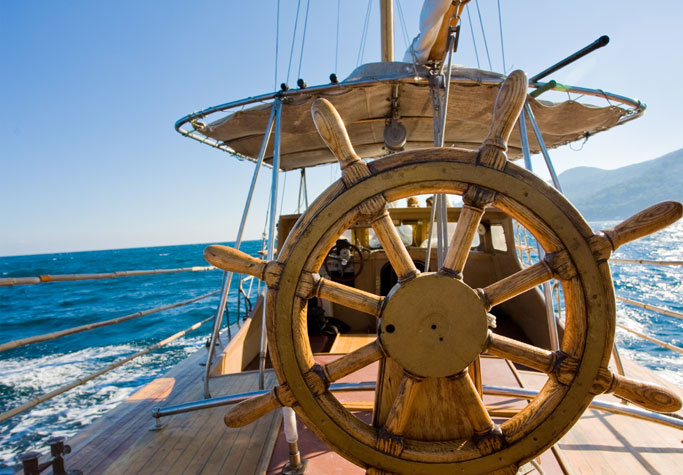
Sailing & Safety Course
$225
This 12-16 hour sailing specific class designed for all ages will give you the knowledge needed to obtain a boat license or safety certification in many states. Many boat insurance companies will offer discounts on boating insurance to boaters who successfully complete this Safe Boating Course.
NOTE: This course is equivalent to the U.S. Coast Guard Auxiliary "Sailing & Seamanship", Power Squadron Sailing Class, and any online basic boating safety class. It is a NASBLA approved course.
PERFECT for new or experienced sailors of all ages.
TOPICS INCLUDE
TOPICS INCLUDE
- What is a Sailboat – Components of a sailboat, standing and running rigging, sails, types of sailboats, & boat building materials.
- How A Boat Sails – Reading the wind, points of sail, running, close hauled, reaching, sail shape, sail adjustments, what to do when the wind picks up.
- Sailboat Maneuvering – Tacking, jibbing, sailing a course, stability and angle of heel, & understanding your boat.
- Rigging And Boat Handling – Stepping the mast, making sail, hoisting the sails, leaving the dock, mooring, controlling the sails, anchoring, weighing anchor.
- Equipment For Your Boat – Requirements for your boat, your boat’s equipment, legal considerations.
- Aids to Navigation – Protection of ATON, buoyage systems, waterway marks, how waterways are marked, light characteristics, chart symbols, light structures, lights on bridges, electronic aids to navigation, navigation publications.
- The Rules Of The Nautical Road - Two sets of rules, to whom do the rules apply, the general responsibility rule, general considerations, conduct in narrow channels, traffic separation schemes, vessel traffic serves, stand-on or give-way, rules for special vessels, risk of collision, bend signals, restricted visibility, vessel lights and shapes, vessels at anchor, diving operations, distress signal, drawbridge signals, penalties.
- Inland Boating – Types of inland waters, inland navigation, inland seamanship, river currents, maintaining inland waterways, dams, locks, river charts, commercial traffic.
- Sailing Safety – Small boat safety, man overboard, cold water immersion, sharing the water with other boats, fueling, carbon monoxide poisoning, sources of weather information.
- More On Sail Trim And Boat Handling – Tuning sailboat rigging, lee and weather helm, headsails and headsail trimming, handling in heavy weather, reefing sails, knock down, or a capsize, disabled rudder.
- Introduction To Navigation – Piloting tools, maps and charts, chart features, other charted information, your magnetic compass, position on earth’s surface, locating a point on the chart, measuring distance, course plotting, sources of compass error, correcting a compass reading, positioning, speed-time-distance, dead reckoning.
- Engines For Sailboats – Outboard engines, two and four cycle, trouble shooting and maintenance, inboard auxiliary engines, diesel engine maintenance and trouble shooting, batteries, propellers, galvanic action, basic tool kit.
- Lines And Knots For Your Boat – Line or rope, rope materials, kinds of rope, measuring rope, selecting your ropes, care of ropes, making up line, knots, bends and hitches, splices, securing lines, dipping the eye.
- Weather And Sailing – Sources of weather information, wind and boating, wind and waves, weather and heat, fog, non-frontal weather.
- Your Boat’s Radio – Radios used on boats, functions of radios, licenses, selecting your VHF-FM radio, installation, operating your VHF-FM, maintain a radio watch, channels have special purposes, some “no no’s”, calling another station, procedure words, phonetic alphabet, routine radio check, distress, urgency, and safety calls, crew training.
Workbook included - class is 12-16 hours in duration and may run to 18 hours based on chart navigation work.
NOTE:
Weeknight classes are held on multiple days
Saturday classes are available - see the schedule
EXAMS
All Topics: 50 questions: Need 70% correct or 35 correct.
